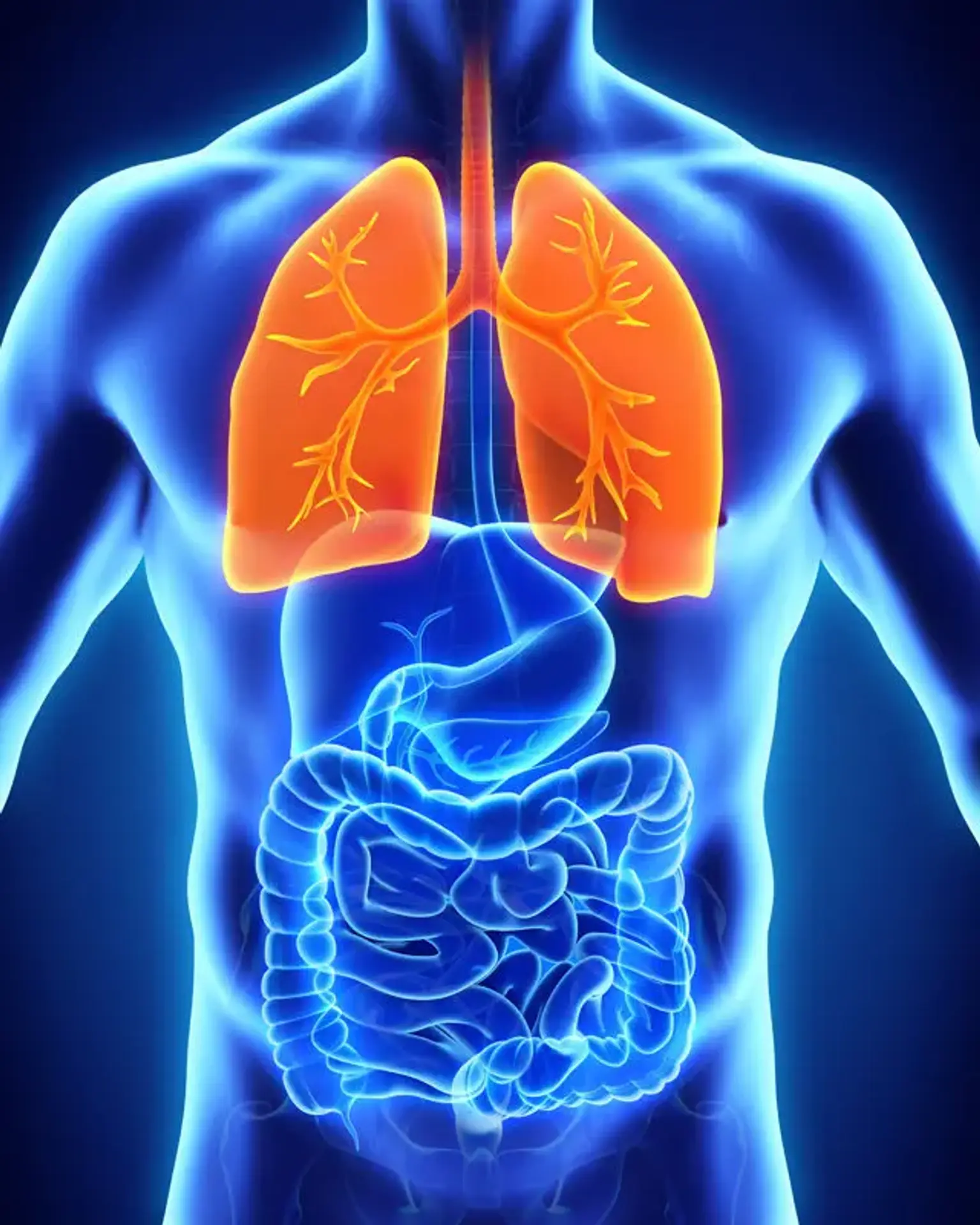Pneumomediastinum
Overview
Pneumomediastinum is described as free air or gas within the mediastinum that nearly always comes from the alveolar space or the conducting airways. Pneumomediastinum has complex pathogenesis.
Pneumomediastinum is more common in children because their mediastinum is comprised of loose tissue. Our mediastina become fibrous as we age. Air may pass through loose tissue more easily than fibrous tissue.
